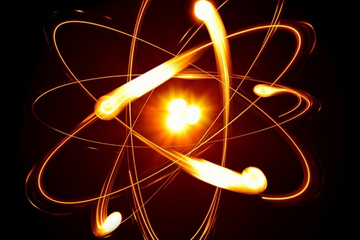Mass- Ratio of an Eletron

As J.J Thomson have determined the value of charge of electron to the mass of electron , I have some questions here
1) As determining the value of charge of electron to the mass of electron , what it yields to ?
2)What is it's importance
No vote yet
1 vote
Easy Math Editor
This discussion board is a place to discuss our Daily Challenges and the math and science related to those challenges. Explanations are more than just a solution — they should explain the steps and thinking strategies that you used to obtain the solution. Comments should further the discussion of math and science.
When posting on Brilliant:
*italics*or_italics_**bold**or__bold__paragraph 1
paragraph 2
[example link](https://brilliant.org)> This is a quote# I indented these lines # 4 spaces, and now they show # up as a code block. print "hello world"\(...\)or\[...\]to ensure proper formatting.2 \times 32^{34}a_{i-1}\frac{2}{3}\sqrt{2}\sum_{i=1}^3\sin \theta\boxed{123}Comments
When J.J. Thompson performed his cathode ray experiment, at that time of the history, there was no knowledge about either the charge or the mass of the electron. Thompson's pudding model of the atom had discussed negatively charged particles embedded in a positive sphere but the existence of such a particle was unknown. By performing this experiment, Thompson proved his theory by finding the charge-to-mass ratio which was the evidence of a particle.
Answering your next question, After Thompson's Cathode ray experiment, another scientist named Mullikan conducted another experiment known as the oil drop experiment, in which he deposited negative charge on levitating oil drops and calculated the charge on them. Later, with the help of Thompson's charge-to-mass ratio and Mullikan's charge value, other scientists were able to calculate the mass of an electron as well. CHEERS!!:)
It remained to be determined whether there was any connection between the electron and the atom. The electron might be the particle of electricity and the atom might be the particle of matter; and both might be structureless, ultimate particles, completely independent of each other. The same is the history of other popular products. You can read the history of electron discovery development here https://phdessay.com/tag/history/ because neuromarketing you can find new facts and info in form of free essay examples.
physics is a difficult topic to discuss. Many people discuss this while sitting at home on the couch and not really understanding. They think they would be good physics masters. but in reality, physics is more complex and confusing. if you are in college and you need to write an essay on a physics topic, feel free to contact http://pro-papers.com for help